Orbit Fab appoints Chief Engineer, advances refueling system test capabilities
Thursday, 05 October 2023 06:27 Orbit Fab, the leading provider of on-orbit refueling services, has named industry veteran Kevin Smith as the company's Chief Engineer, who will lead the Systems, Electrical, Fluids, and Mechanical engineering teams and internal development, testing and overall readiness of RAFTI and GRIP in-space fueling systems.
Fresh off his most recent stint as Senior Propulsion Engineer at Astrobotic,
Orbit Fab, the leading provider of on-orbit refueling services, has named industry veteran Kevin Smith as the company's Chief Engineer, who will lead the Systems, Electrical, Fluids, and Mechanical engineering teams and internal development, testing and overall readiness of RAFTI and GRIP in-space fueling systems.
Fresh off his most recent stint as Senior Propulsion Engineer at Astrobotic, A prehistoric cosmic airburst preceded the advent of agriculture in the Levant
Thursday, 05 October 2023 06:27 Agriculture in Syria started with a bang 12,800 years ago as a fragmented comet slammed into the Earth's atmosphere. The explosion and subsequent environmental changes forced hunter-gatherers in the prehistoric settlement of Abu Hureyra to adopt agricultural practices to boost their chances for survival.
That's the assertion made by an international group of scientists in one of four relat
Agriculture in Syria started with a bang 12,800 years ago as a fragmented comet slammed into the Earth's atmosphere. The explosion and subsequent environmental changes forced hunter-gatherers in the prehistoric settlement of Abu Hureyra to adopt agricultural practices to boost their chances for survival.
That's the assertion made by an international group of scientists in one of four relat Light rocks on deck, gray rocks in the hole: Sols 3966-3697
Thursday, 05 October 2023 06:27 Earth planning date: Wednesday, October 2, 2023: HiRISE images of Gale crater show that Curiosity is driving through a section of layered rocks on Mt. Sharp, and the layers consist of alternating bands of light and gray/dark rocks. What causes the color variation of these rocks that makes this terrain look banded from orbit?
It may relate to differences in the composition or chemistry of t
Earth planning date: Wednesday, October 2, 2023: HiRISE images of Gale crater show that Curiosity is driving through a section of layered rocks on Mt. Sharp, and the layers consist of alternating bands of light and gray/dark rocks. What causes the color variation of these rocks that makes this terrain look banded from orbit?
It may relate to differences in the composition or chemistry of t Bursts of star formation explain mysterious brightness at cosmic dawn
Thursday, 05 October 2023 06:27 When scientists viewed the James Webb Space Telescope's (JWST) first images of the universe's earliest galaxies, they were shocked. The young galaxies appeared too bright, too massive and too mature to have formed so soon after the Big Bang. It would be like an infant growing into an adult within just a couple years.
The startling discovery even caused some physicists to question the stand
When scientists viewed the James Webb Space Telescope's (JWST) first images of the universe's earliest galaxies, they were shocked. The young galaxies appeared too bright, too massive and too mature to have formed so soon after the Big Bang. It would be like an infant growing into an adult within just a couple years.
The startling discovery even caused some physicists to question the stand Keysight launches phased array antenna control and calibration solution
Thursday, 05 October 2023 06:27 Keysight Technologies, Inc. (NYSE: KEYS) introduces the new Phased Array Antenna Control and Calibration solution, a breakthrough over-the-air (OTA) calibration and characterization solution that enables satellite designers developing active electronically scanned arrays for satellite communications applications to rapidly test their designs during early validation.
Modern satellite networ
Keysight Technologies, Inc. (NYSE: KEYS) introduces the new Phased Array Antenna Control and Calibration solution, a breakthrough over-the-air (OTA) calibration and characterization solution that enables satellite designers developing active electronically scanned arrays for satellite communications applications to rapidly test their designs during early validation.
Modern satellite networ Momentus announces $4M direct offering priced at-the-market under Nasdaq rules
Thursday, 05 October 2023 06:27 Momentus Inc. (NASDAQ: MNTS) has entered into a securities purchase agreement with certain institutional investors for the purchase and sale of 2,000,000 shares of common stock (or common stock equivalents in lieu thereof) at a purchase price of $2.00 per share pursuant to a registered direct offering priced at-the-market under Nasdaq rules, resulting in total gross proceeds of approximately $4
Momentus Inc. (NASDAQ: MNTS) has entered into a securities purchase agreement with certain institutional investors for the purchase and sale of 2,000,000 shares of common stock (or common stock equivalents in lieu thereof) at a purchase price of $2.00 per share pursuant to a registered direct offering priced at-the-market under Nasdaq rules, resulting in total gross proceeds of approximately $4 NASA awards Outpost Phase 2 Ignite SBIR Contract for cargo return studies
Thursday, 05 October 2023 06:27 Outpost Technologies Corporation ("Outpost"), a sustainable space company that is spearheading a new wave of development in Earth Return and Reusable Satellites, announced that it has been awarded a Phase 2 Ignite Small Business Innovative Research (SBIR) contract from NASA to continue development of the company's "Cargo Ferry" in order to deliver cargo back to Earth from the International Space
Outpost Technologies Corporation ("Outpost"), a sustainable space company that is spearheading a new wave of development in Earth Return and Reusable Satellites, announced that it has been awarded a Phase 2 Ignite Small Business Innovative Research (SBIR) contract from NASA to continue development of the company's "Cargo Ferry" in order to deliver cargo back to Earth from the International Space Vega's ESTCube-2 tether to the future
Thursday, 05 October 2023 06:27 Estonia's next satellite will fly aboard Europe's Vega VV23 launcher later this week. While largely designed and built by undergraduate students, the shoebox-sized ESTCube-2 has ambitious goals in mind, including surveys of Estonian vegetation and the first successful in-orbit demonstration of 'plasma brake' technology. Deployment of a charged microtether will slow the CubeSat's orbit, proving t
Estonia's next satellite will fly aboard Europe's Vega VV23 launcher later this week. While largely designed and built by undergraduate students, the shoebox-sized ESTCube-2 has ambitious goals in mind, including surveys of Estonian vegetation and the first successful in-orbit demonstration of 'plasma brake' technology. Deployment of a charged microtether will slow the CubeSat's orbit, proving t DLA Energy supports space missions from coast to coast
Thursday, 05 October 2023 06:27 From coast to coast, Defense Logistics Agency Energy is helping launch rockets and equipment into space.
The DLA Energy Aerospace team fueled two space missions this month: the first launch from Vandenberg Space Force Base, California, tested the U.S. Space Force Rapid Launch Capability and another from Cape Canaveral Space Force Station, Florida, sent National Reconnaissance Office satell
From coast to coast, Defense Logistics Agency Energy is helping launch rockets and equipment into space.
The DLA Energy Aerospace team fueled two space missions this month: the first launch from Vandenberg Space Force Base, California, tested the U.S. Space Force Rapid Launch Capability and another from Cape Canaveral Space Force Station, Florida, sent National Reconnaissance Office satell US Army awards Comtech $48M for future EDIM SATCOM solutions
Thursday, 05 October 2023 06:27 Comtech (NASDAQ: CMTL) reports that the company was recently awarded a $48.6 million contract to deliver Enterprise Digital Intermediate Frequency Multi-Carrier (EDIM) modems in support of U.S. Army satellite communications (SATCOM) digitization and modernization programs.
Under the contract, Comtech will design, develop, test, and deliver EDIM units and provide hardware, software, and sus
Comtech (NASDAQ: CMTL) reports that the company was recently awarded a $48.6 million contract to deliver Enterprise Digital Intermediate Frequency Multi-Carrier (EDIM) modems in support of U.S. Army satellite communications (SATCOM) digitization and modernization programs.
Under the contract, Comtech will design, develop, test, and deliver EDIM units and provide hardware, software, and sus Startups from four nations join 2023 Hyperspace Challenge
Thursday, 05 October 2023 05:00

Northrop Grumman to join Voyager Space commercial space station project
Wednesday, 04 October 2023 23:14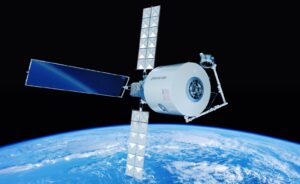
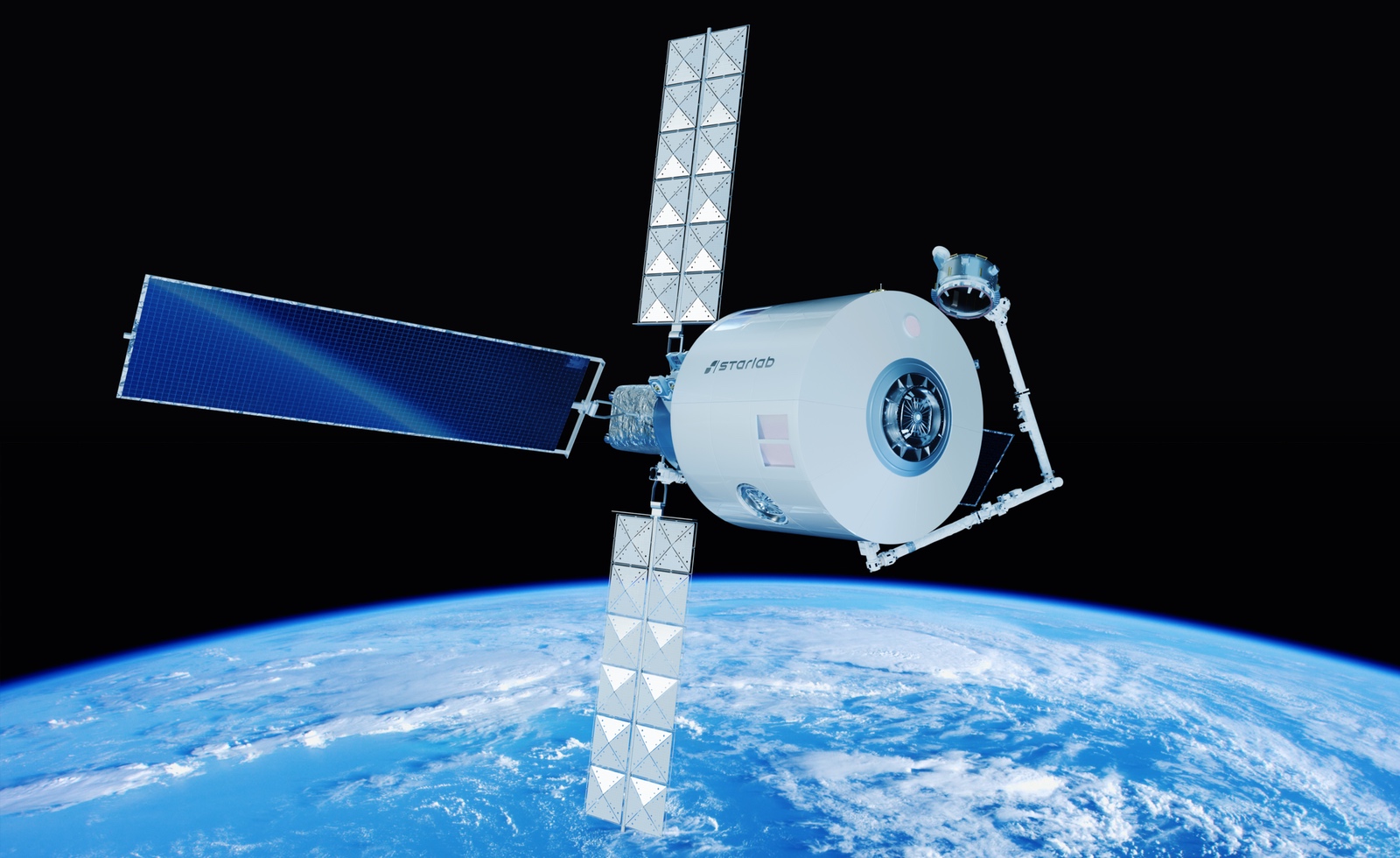
SRI partners with Scout Space and Leidos for debris-tracking project
Wednesday, 04 October 2023 18:54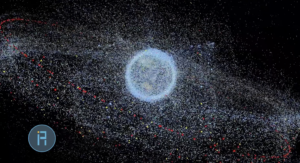
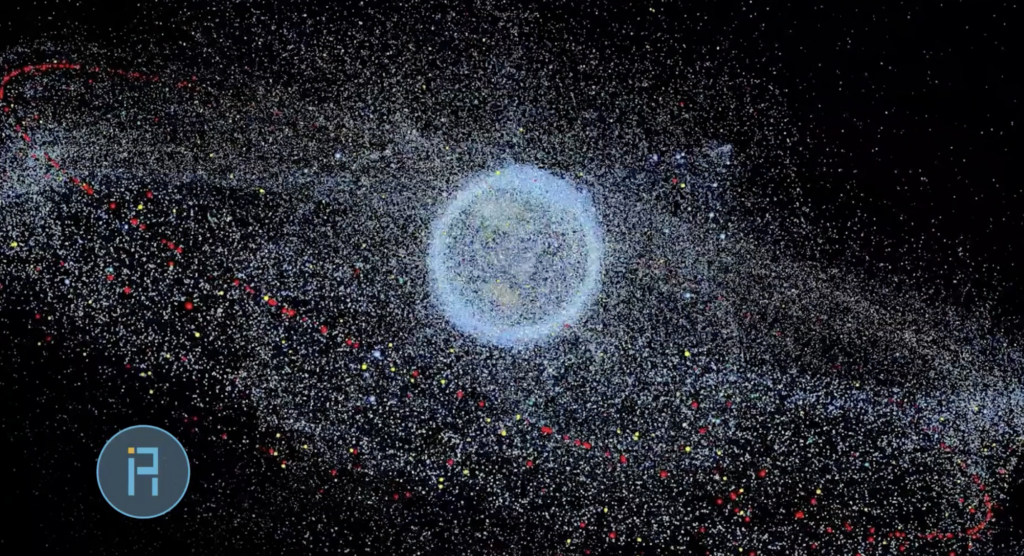
Space needs better 'parking spots' to stay usable, and an engineer is finding them
Wednesday, 04 October 2023 17:29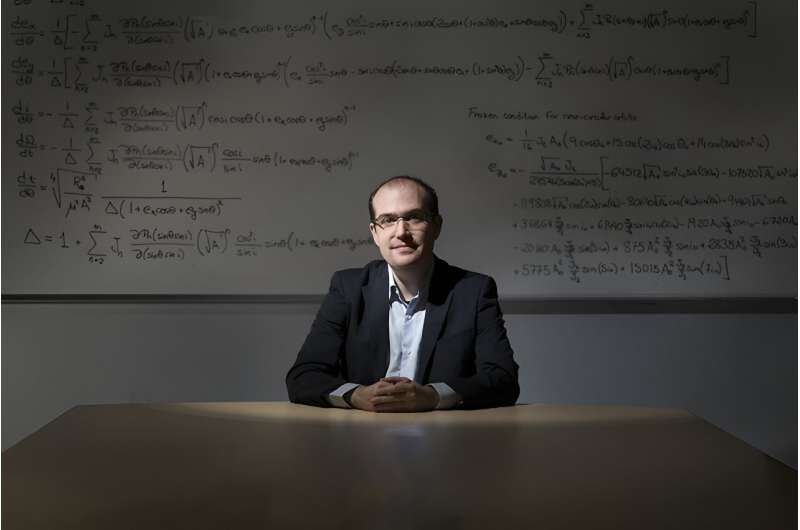
Any mission headed to space needs a "parking spot" at its destination. But these parking spots, regions located on orbits, are quickly becoming occupied or more vulnerable to collisions.
Most objects launching to space are satellites, which can travel faster than 4 miles per second in the regions where they park. About 10 times the number of satellites currently in space are expected to launch by 2030. Simultaneously, satellite constellations are increasing in number and size. These are groups of satellites working together as a system, such as for enabling GPS, observation of Earth, internet access and other types of communications.
SpaceX aims for its 50th Space Coast launch this year
Wednesday, 04 October 2023 16:37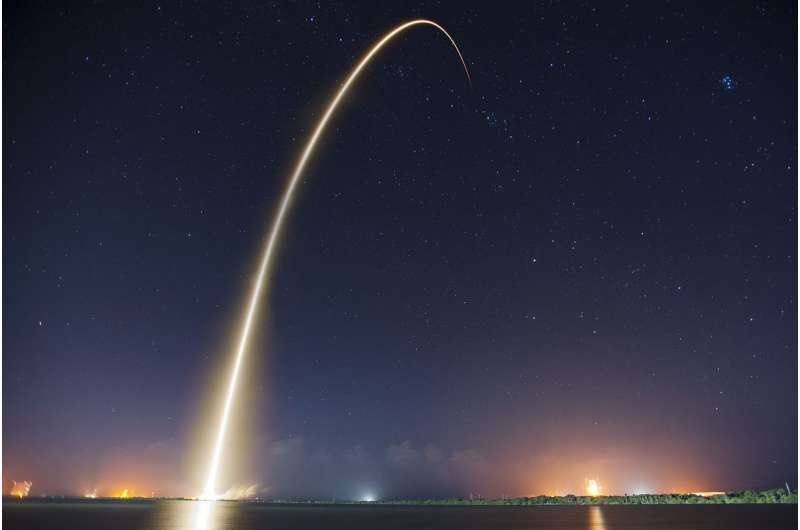
SpaceX is targeting its 50th Space Coast launch of the year with another Starlink mission from Cape Canaveral Space Force Station.
A Falcon 9 carrying 22 of the company's Starlink satellites is slated for liftoff from Canaveral's Space Launch Complex 40 at 10:45 p.m. with four backup opportunities from 11:38 p.m. until 1:57 a.m. overnight and six backup opportunities late Thursday from 10:29 p.m. until 1:49 a.m. early Friday.
Space Launch Delta 45's weather squadron forecasts a 50% chance for good conditions with 70% chance in event of a 24-hour delay.
The booster on this flight is making its eighth flight and will attempt a recovery landing on the droneship Just Read the Instructions in the Atlantic Ocean.
This would be SpaceX's 70th orbital launch of the year across all of its launch pads in Florida and California. It's the 40th from Cape Canaveral with the other 10 Space Coast launches coming from Kennedy Space Center.
SpaceX will have managed 50 of the 53 total Space Coast launches this year with two so far from United Launch Alliance and one from Relativity Space making up the rest.

